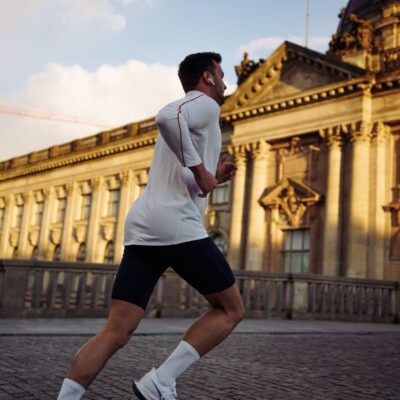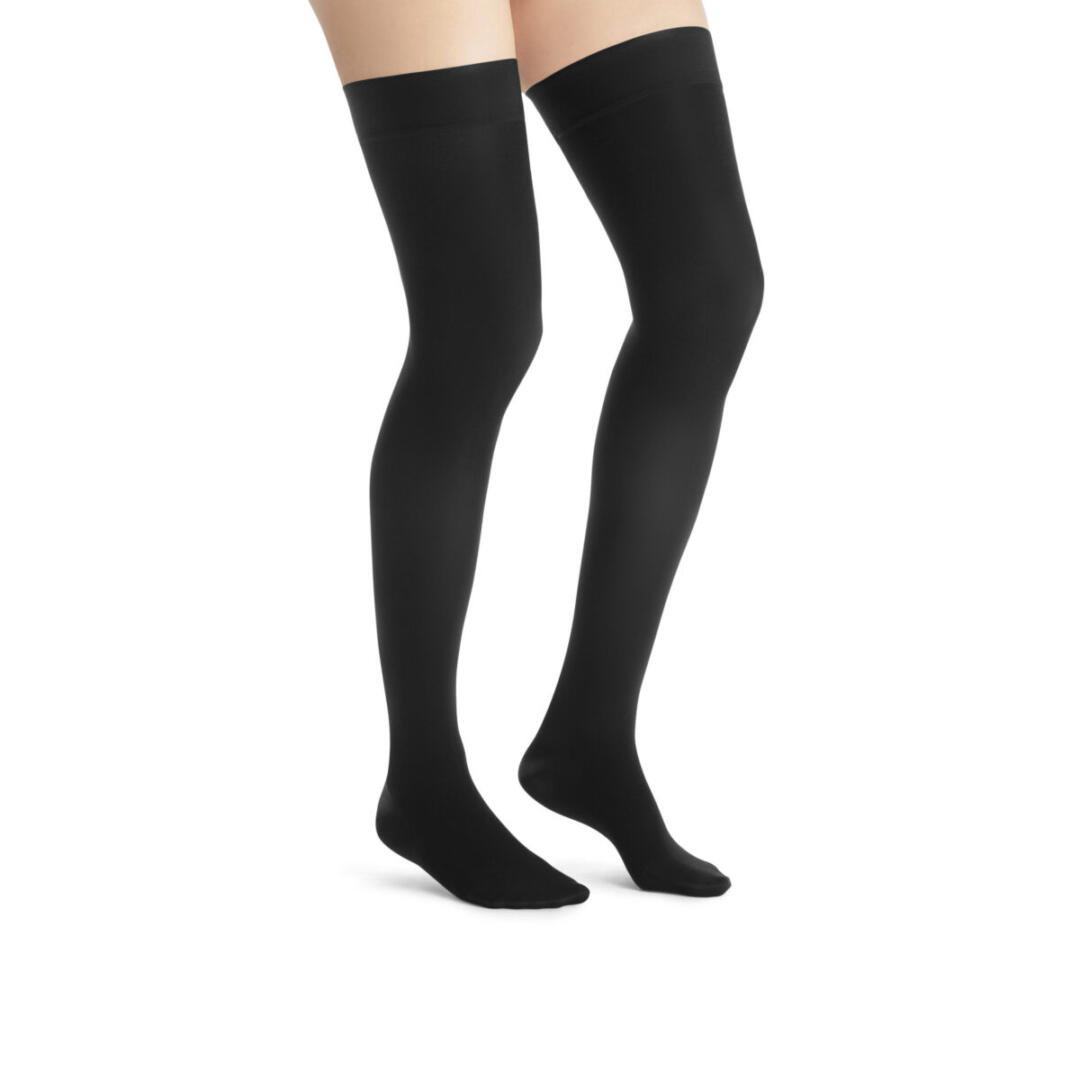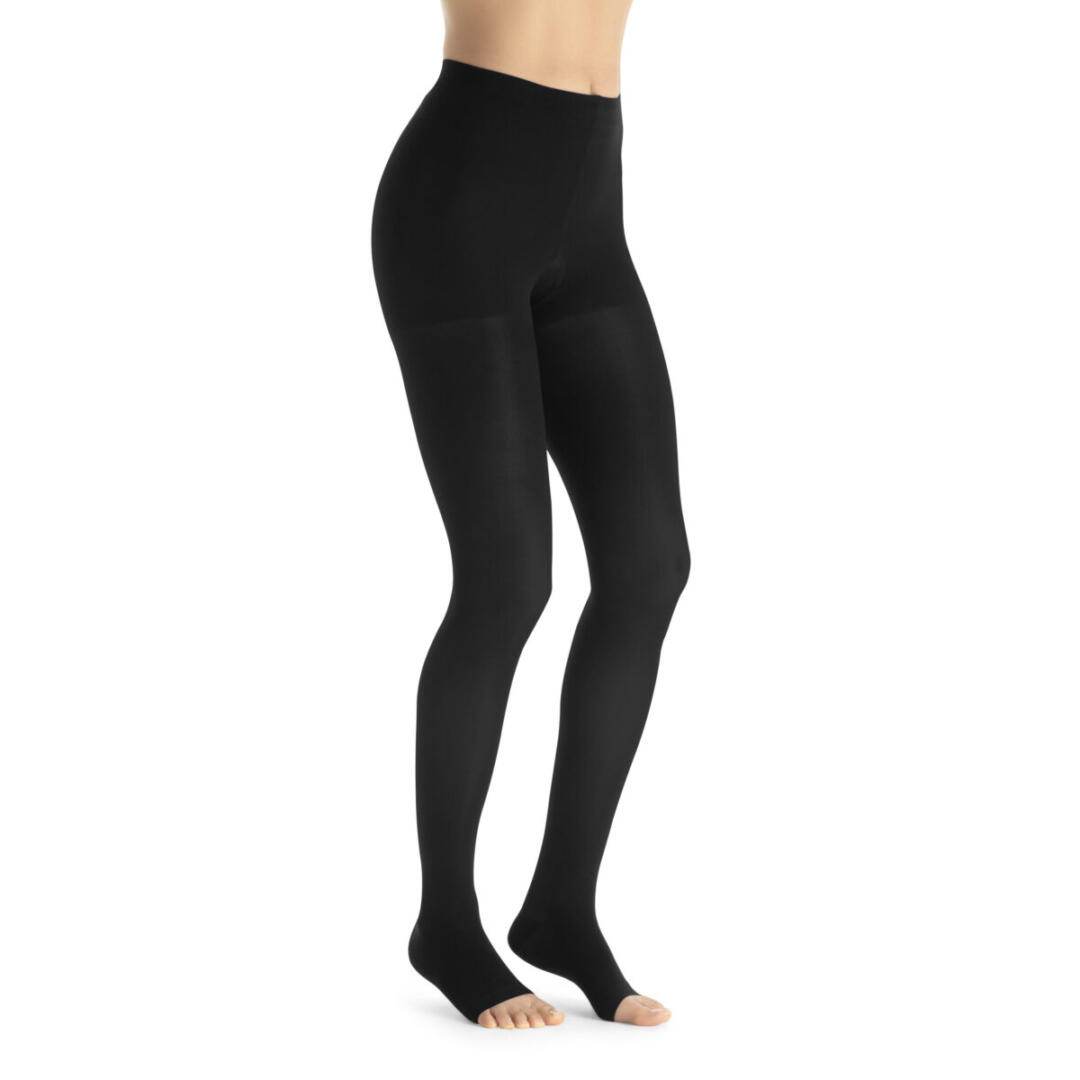What Are Compression Socks?
Compression socks apply graduated pressure on the legs, improving overall circulation and blood flow to the heart. Compression socks and stockings can be labelled as ‘socks with benefits’ as they allow you to feel more energized while minimizing the chance of varicose veins and blood clots and relieving aches, pains, inflammation, and general discomfort in the legs.
True graduated compression applies precise amounts of pressure to different parts of your legs & feet for optimal circulation. The greatest pressure is at the ankle and decreases as it goes up the leg to help fight the force of gravity and circulate blood back to the heart more efficiently.
Who Can Benefit

Nurses

Pregnant Women

Athletes

Individuals Who Sit For Long Periods

Individuals Who Travel For Work
Goals of Compression Socks
- Reduce discomfort and pain.
- Restore blood flow to the heart.
- Reduce or prevent edema.
- Reduce swelling.
- Minimizing the chance of varicose veins.
Recommended Usage
- Varicose Veins
- Pregnancy
- Travel (plane or long car ride)
- Prolonged sitting or standing
- Tired or achy legs
- Post venous insufficiency
- Lower leg venous ulcers
- Post Deep Vein Thrombosis (DVT)
- Lower Leg swelling
- Lymphedema
When To Avoid Use
Compression stockings may need to be avoided if any of the following conditions are present:
- Arterial insufficiency (PAD- Peripheral Arterial Disease), intermittent claudication, ischemia
- Active skin infection
- Allergies to latex
- Weeping Dermatosis
- Uncontrolled congestive heart failure
- Deep Vein Thrombosis (DVT)
- Immobility (confinement to a bed)
- Impaired sensation of the limbs
- Diabetes (with impaired sensation of the limbs)
What Should My Doctors Script Look Like?
Medical grade stockings require a prescription from your doctor that includes a diagnosis, a compression level, activities worn for, and the recommended style.
Example: RX Pad_complete
Printable Version: RX Pad_EN
Compression Levels
Compression is measured in millimetres of mercury (mmHg)—the greater the compression level, the tighter the compression stocking. Below are general guidelines for when to choose a compression level. However, your doctor’s script will better indicate which compression level is right for you.
Medical Grade
20 mmHg to 30 mmHg and 30 mmHg to 40 mmHg
Compression stockings of 20 mmHg or higher need to be prescribed by a physician annually. The socks provide firm support and comfort for all day wear. They are used for the treatment of various medical conditions, including:
- Varicose veins and venous stasis ulcers
- Mild or severe edema
- In combination with elective surgical procedures such as sclerotherapy and phlebectomy
- Treating orthostatic/postural hypotension, a form of low blood pressure



Non-Medical Grade
8 mmHg to 15 mmHg and 15 mmHg to 20 mmHg
Use includes general comfort and all-day support for those with tired and achy legs without underlying conditions. A physician’s script is not required for purchase.
Compression Sock Styles
Knee High Compression Socks


Are available in many styles and thicknesses, they range from thick cushion cotton socks to thin ultra-sheer pantyhose material.
Thigh High Compression Garments


Used when full leg compression is required on 1 or both legs. Silicone bands are used to minimize slippage.
Pantyhose / Maternity Garments


Are the product of choice for clients when full leg support is required bilaterally.
Looking for more information about compression socks?
Check out our informational brochures!
Jobst Soft Fit
With JOBST SoftFit, we empower you to jump into a new level of comfort with stockings that stay in place. JOBST SoftFit technology uses a fine silicone yarn knitted into the top band that keeps the socks in place without digging into your skin while continuing to provide discomfort relief.

